This designer is revitalising the lost folk tradition of Ukraine’s painted cottages
Through gleaming hammered-steel panels, Victoria Yakusha is opening a dialogue about ancestral memory, craft and womanhood
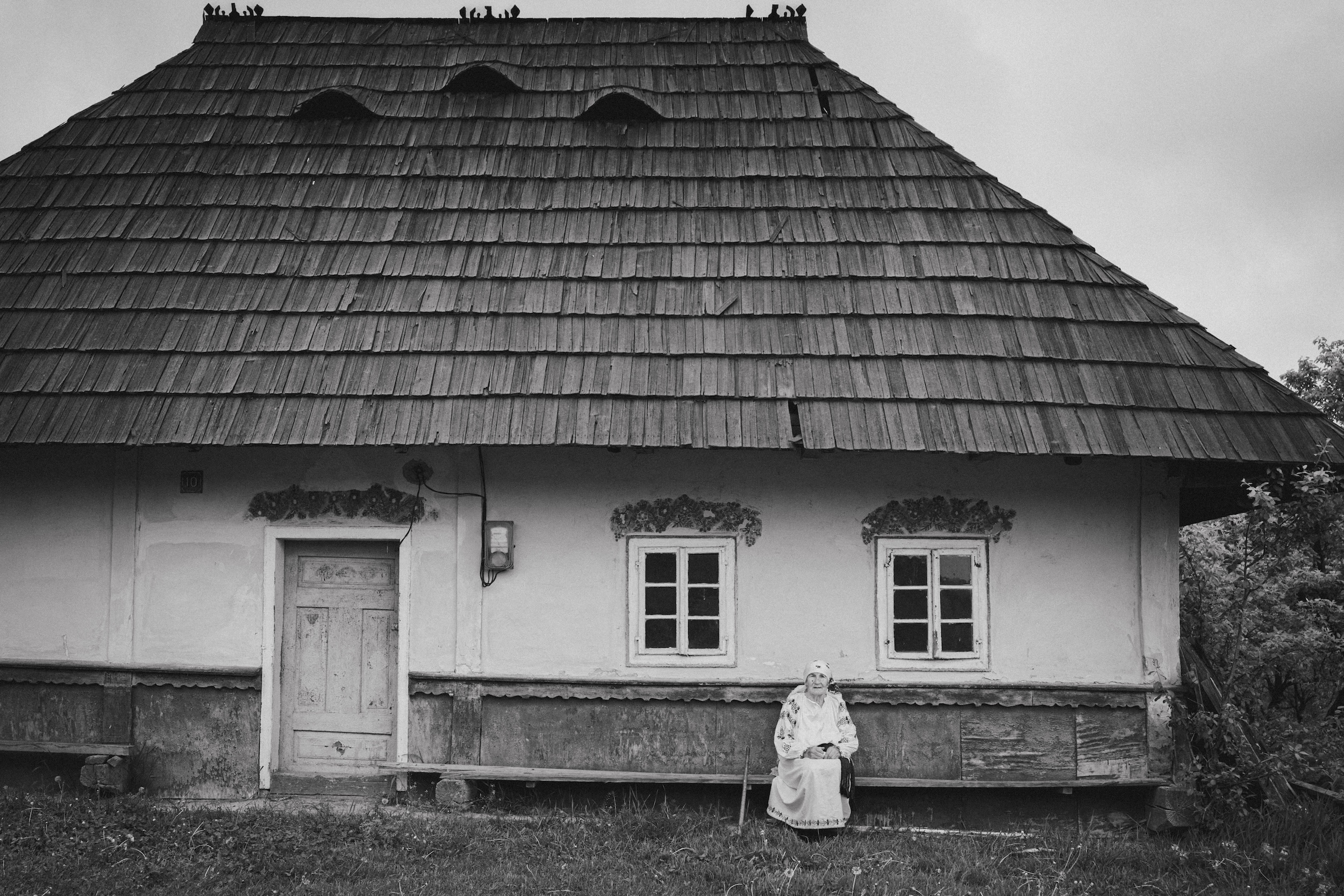
Throughout Ukraine’s rural villages, it’s possible to discover glimmers of a centuries-old tradition – painted cottages.
Folk artists, often the home’s matriarch, would surround the doors, windows and thresholds of their humble homes with colourful wreaths of birds, flowers and branches to ward off evil and usher in prosperity and health.
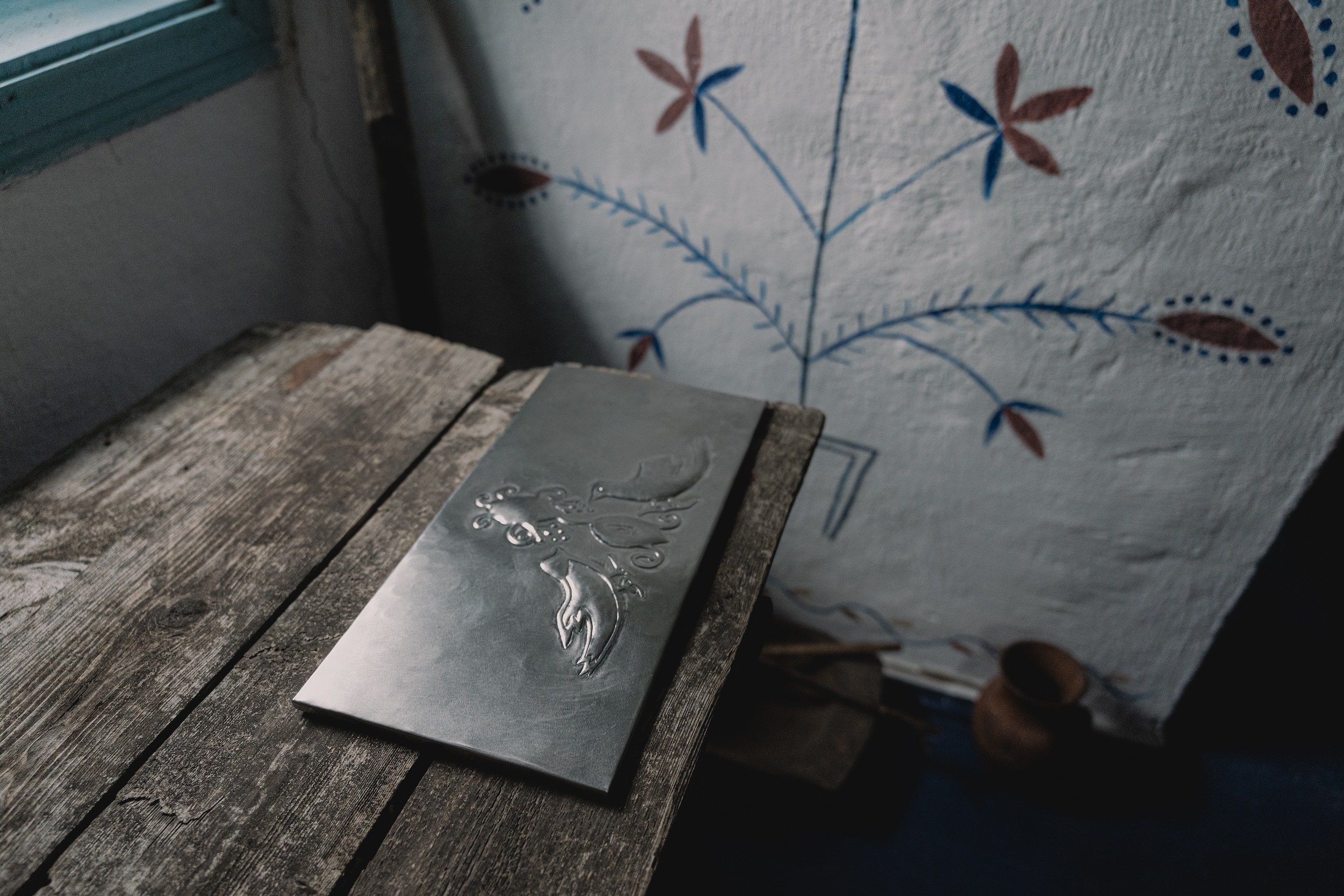
An steel panel from the new ‘Drevo’ series, and an example of the nature-based paintings that inspired it
Time and the ongoing Russia-Ukraine war have threatened these delicate artworks. But Ukrainian artist and designer Victoria Yakusha, founder of the brand Faina, is looking to honour and preserve the memory of this diminishing artform through a new collection. Called ‘Drevo’, the work reinterprets cottage paintings via a new series of hand-hammered panels.
‘All of our grandmas and great-grandmothers painted their houses inside and out. We decided to give our approach to this tradition,’ says Yakusha, who is based between Ukraine and Belgium. ‘The collection is about female strength, it’s about vitality.’
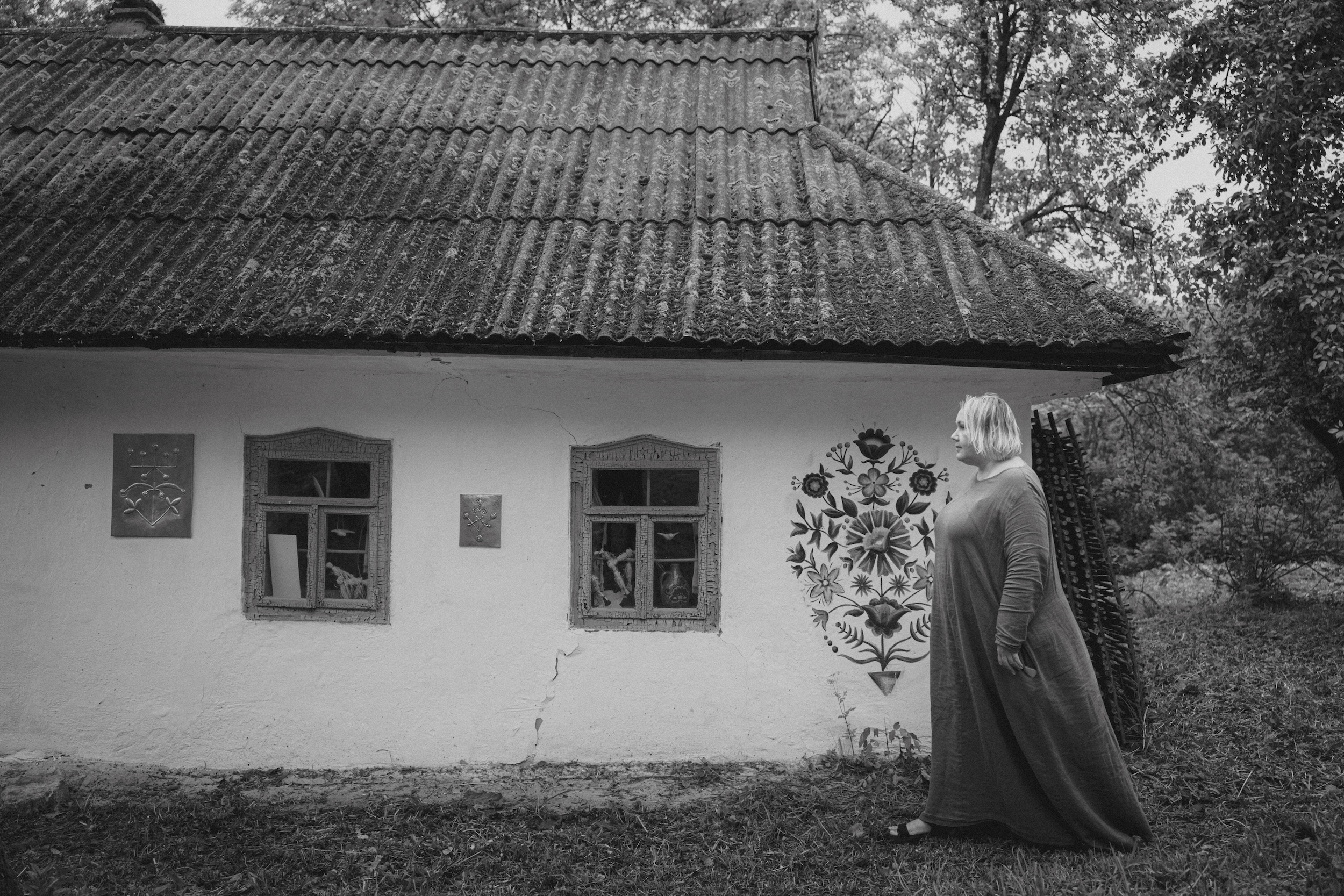
Victoria Yakusha in Ukraine
Yakusha looked, in particular, to the traditional homes of Podillia, a historic region in south-eastern Ukraine with roots dating to the 14th century. Because the walls of the thatched cottages were constructed from clay, many original house paintings have not survived. So Yakusha and her team had to rely on images in books, historical records and a single rural house museum. ‘We wanted to find original house paintings, and we found only one,’ she explains.
She was struck by folk paintings of a tree of life – drevo zhyttia in Ukrainian – and used it as an aesthetic through-line for the collection and its namesake.
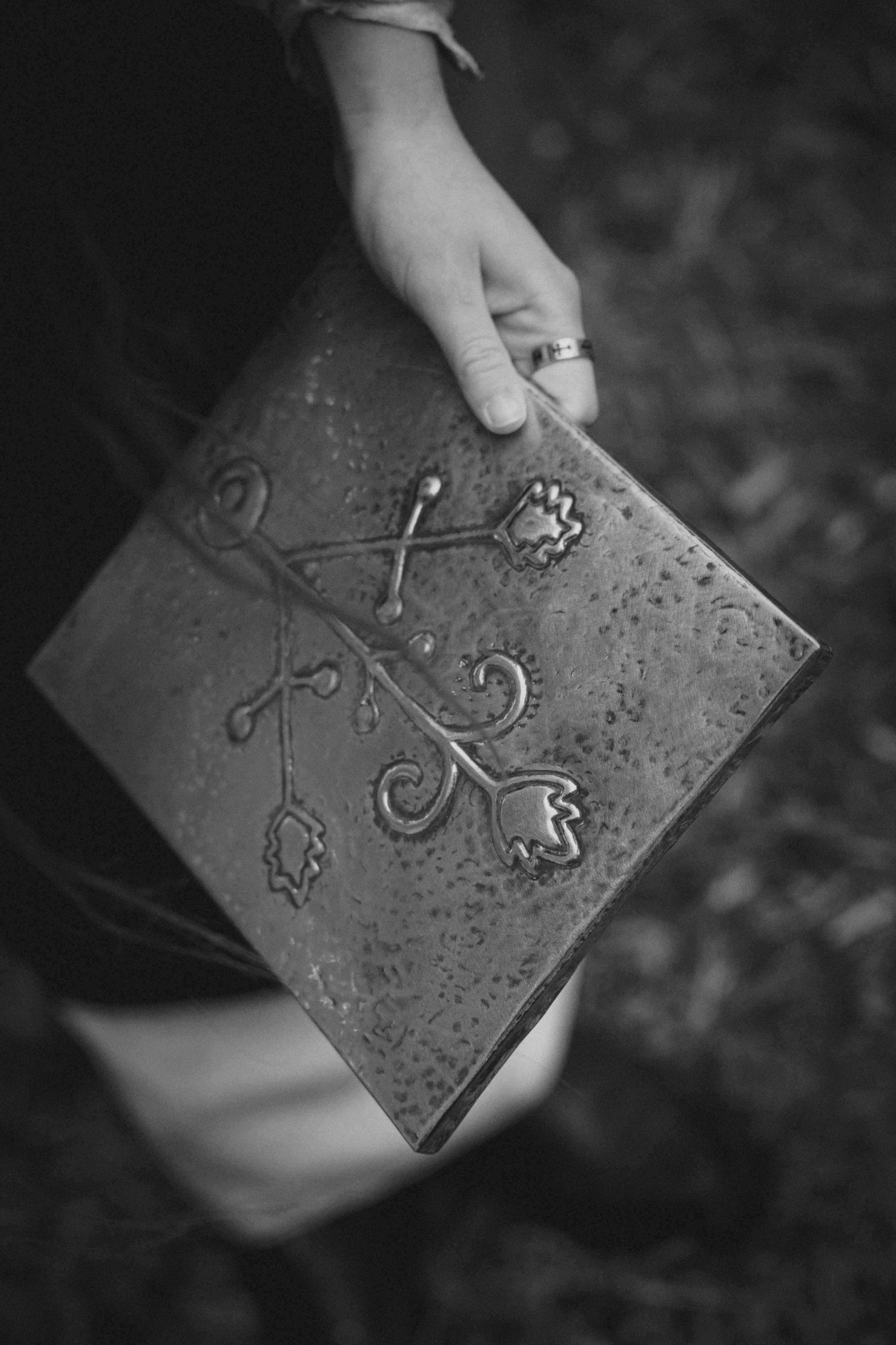
A panel from the ‘Drevo’ series
Steel, a new material for Yakusha’s practice, felt like an appropriate material to convey the resilience of women and Ukrainian culture. 'It’s about connection and the passing of knowledge from mother and daughter,’ she says.
Receive our daily digest of inspiration, escapism and design stories from around the world direct to your inbox.
Because of the ongoing war, Yakusha had difficulty finding metal workers, most of whom are male, to help realise her pieces; they’d all been drafted. ‘It’s difficult for us,’ she says. ‘We only found one man who could do it [because he had completed his military service].’
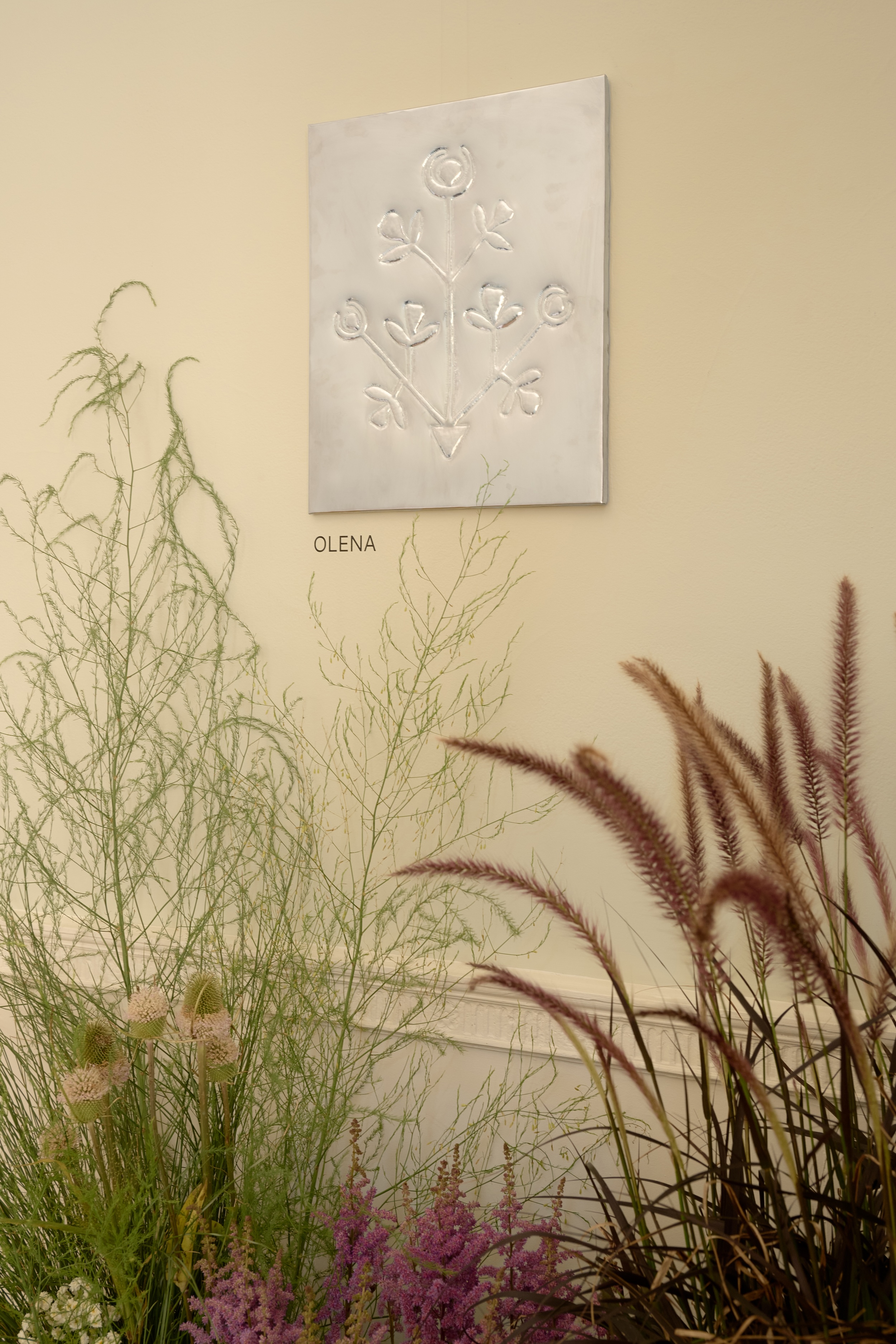
Installation view of ‘Drevo’ at the Ukrainian Institute of America in New York
The result is gleaming steel panels – some no bigger than a book – embossed with minimal outlines of blooms, birds and leaves. Each panel has a female name, taken from books of historical records. Yakusha says the works can be displayed solo, or in groups, like gleaming icons on walls.
Yakusha has launched Drago as part of a special installation at the Ukrainian Institute of America in New York City. In the building’s grand Beaux-Arts rooms, surrounded by mounds of real wildflowers, the work feels haunting, beautiful and urgent.
'They put their energy into these houses,' Yakusha says of the female painters – a spirit that's been awakened once again.
‘Drevo’ is on view at the Ukrainian Institute of America in New York through 10 July 2025.
Anna Fixsen is a Brooklyn-based editor and journalist with 13 years of experience reporting on architecture, design, and the way we live. Before joining the Wallpaper* team as the U.S. Editor, she was the Deputy Digital Editor of ELLE DECOR, where she oversaw all aspects of the magazine’s digital footprint.
-
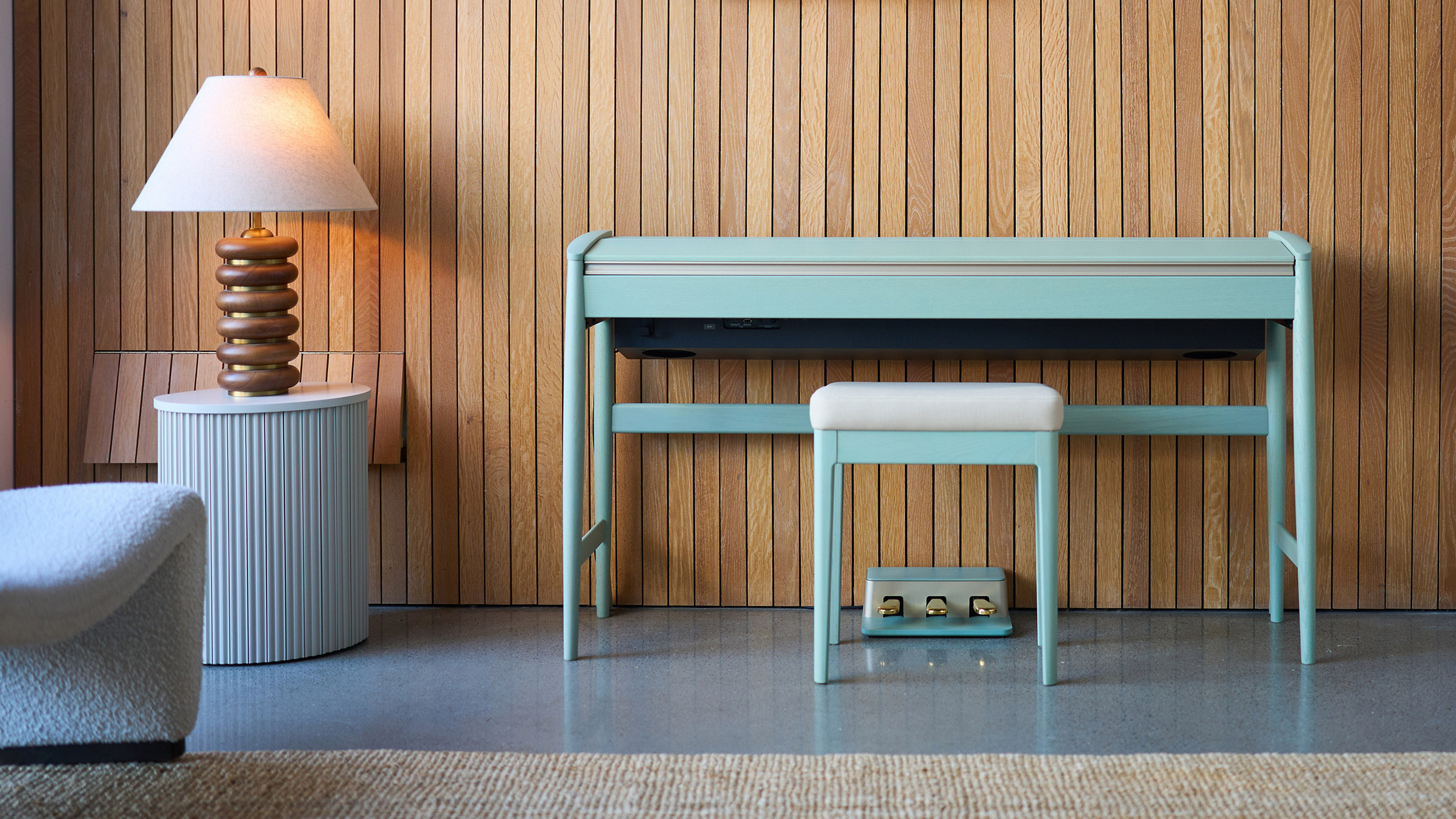 Roland and Karimoku expand their range of handcrafted Kiyola digital pianos
Roland and Karimoku expand their range of handcrafted Kiyola digital pianosThe new Roland KF-20 and KF-25 are the latest exquisitely crafted digital pianos from Roland, fusing traditional furniture-making methods with high-tech sound
-
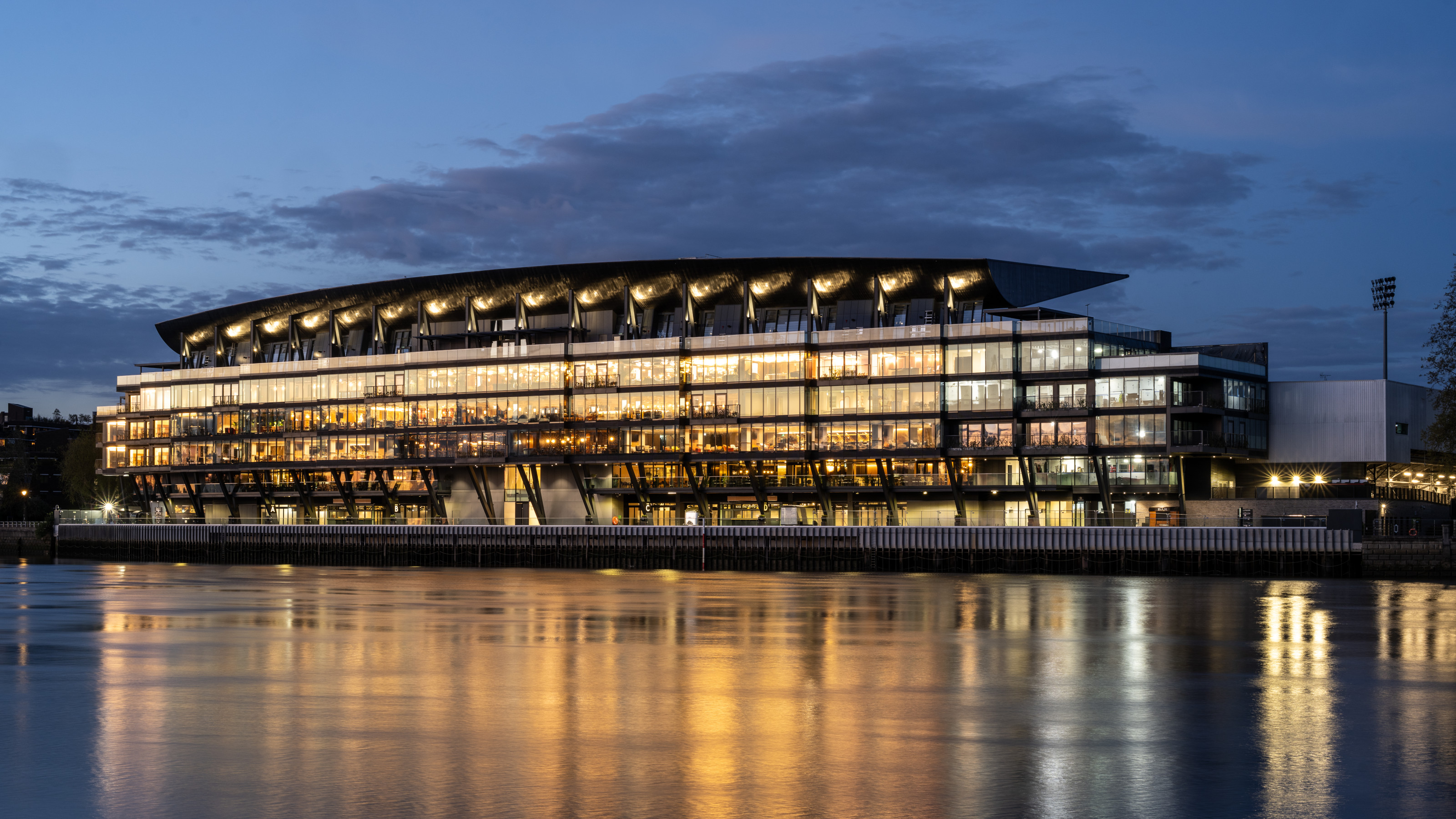 Fulham FC’s new Riverside Stand by Populous reshapes the match-day experience and beyond
Fulham FC’s new Riverside Stand by Populous reshapes the match-day experience and beyondPopulous has transformed Fulham FC’s image with a glamorous new stand, part of its mission to create the next generation of entertainment architecture, from London to Rome and Riyadh
-
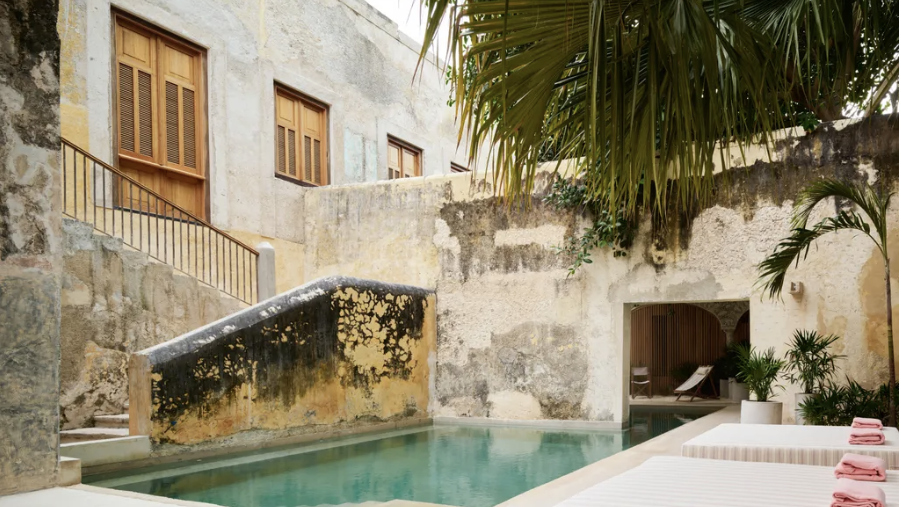 A contemporary Mexican hotel emerges from a 16th-century ruin in Mérida
A contemporary Mexican hotel emerges from a 16th-century ruin in MéridaA renovation project by Zeller & Moye, Mérida’s new Hotel Sevilla wears its architectural interventions lightly, mixing new brutalist elements into listed interiors and a palm-filled courtyard
-
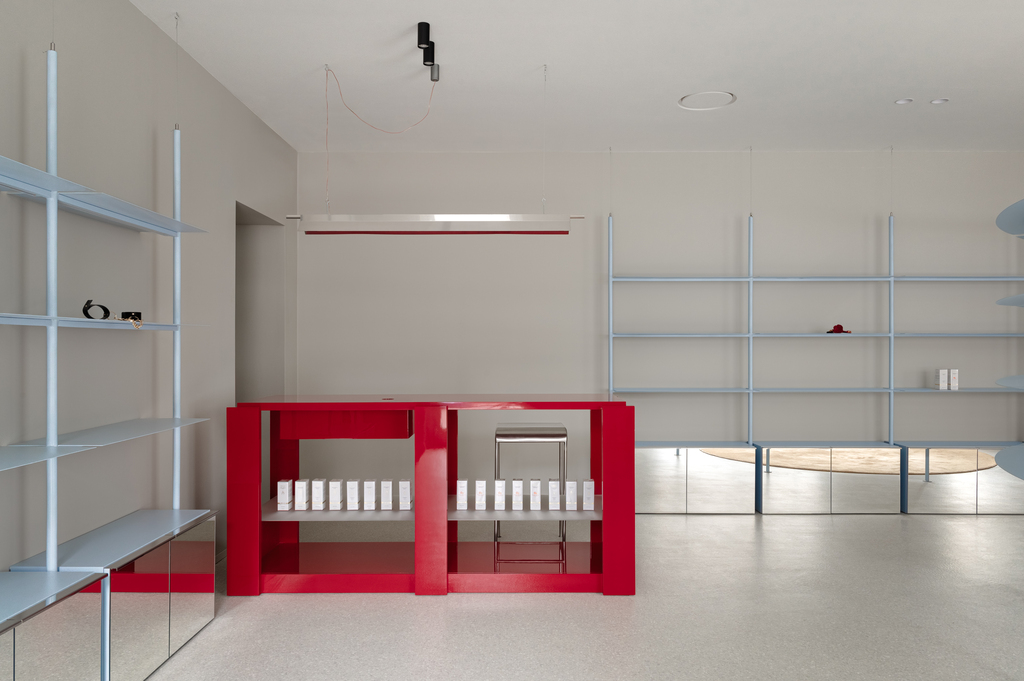 Inside the Kyiv sex shop that doubles as an inclusive education space
Inside the Kyiv sex shop that doubles as an inclusive education spaceUkrainian designer Nastia Mirzoyan has designed the minimal and restrained interiors for a Kyiv-based sex shop and education space
-
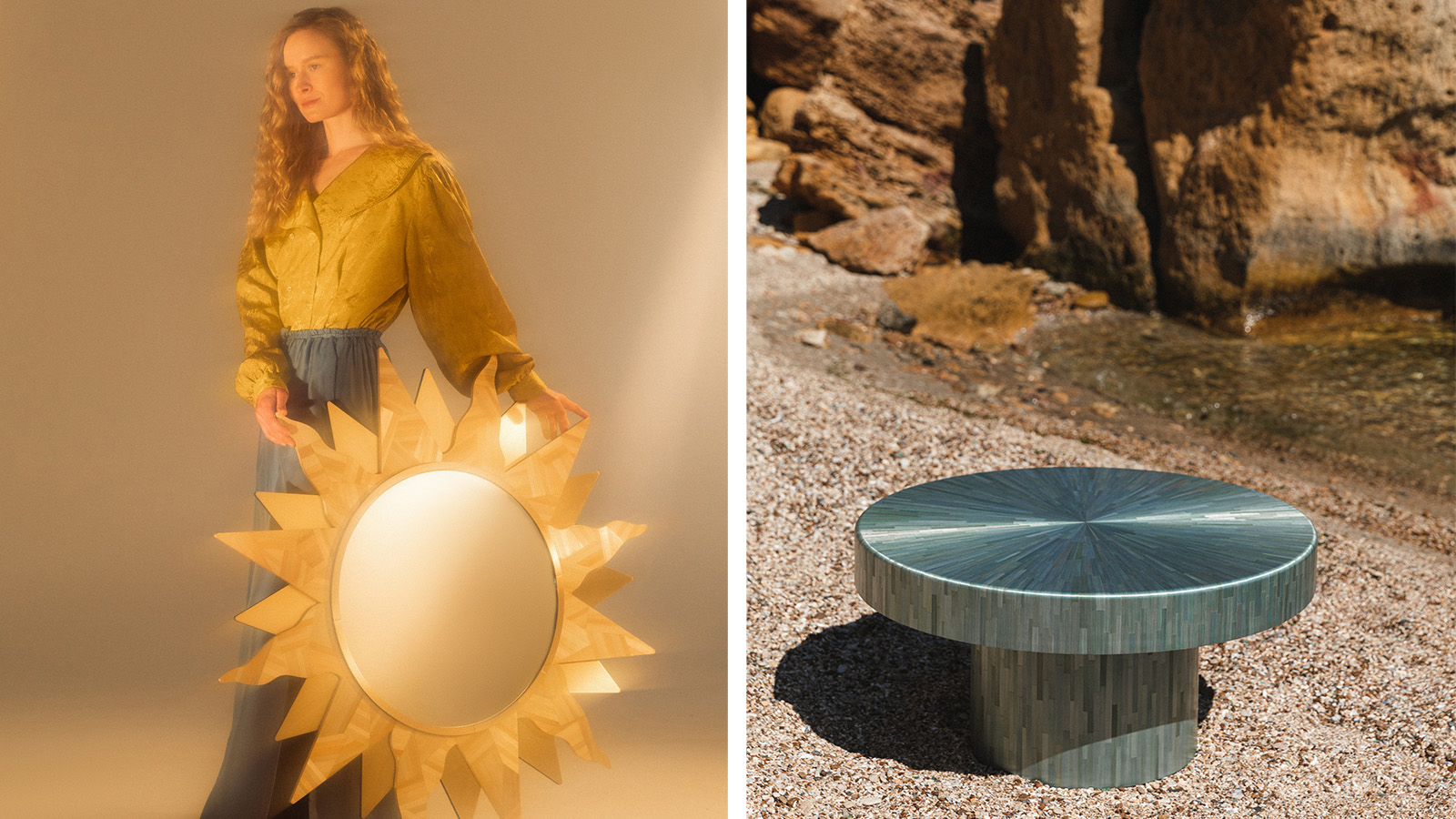 Five Ukrainian artisans to have on your radar
Five Ukrainian artisans to have on your radarDiscover the Ukrainian artisans creating unity by modernising traditions. Get a snapshot of the many visionaries shaping a cultural evolution
-
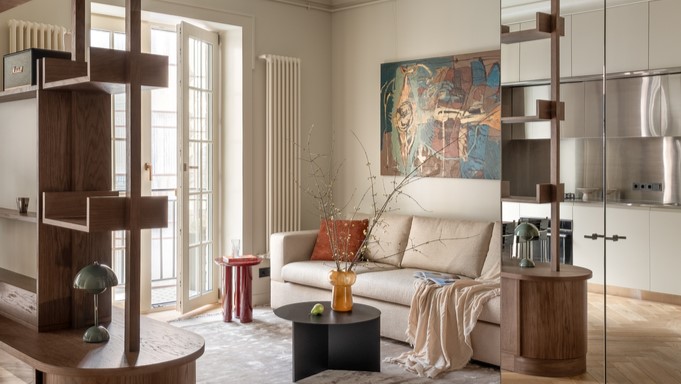 Kyiv-based Nastia Mirzoyan designs for emotional refuge and cultural connection
Kyiv-based Nastia Mirzoyan designs for emotional refuge and cultural connectionNastia Mirzoyan has continued to deliver projects in Kyiv during the war, believing that design and beauty play a crucial role in conflict zones